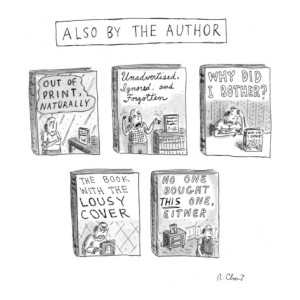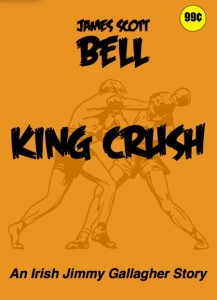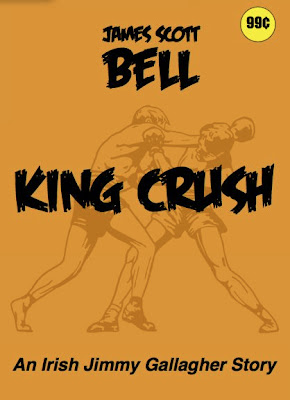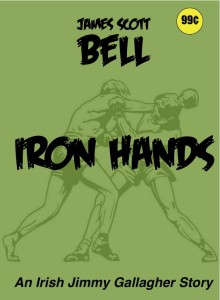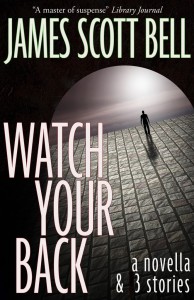The other day I strapped my AlphaSmart on my back and rode my bike to Starbucks to do a little writing. I set up at a table, got my brew, started tapping away. The place was crowded, all the other tables were taken.
Presently, a gray-haired woman appeared and said, “Mind if I share your table?”
“Only if you behave yourself,” I said.
She smiled (a good sign for a wiseacre such as myself). I motioned for her to sit. She had a coffee and an e-reader.
“So is that a Nook or a Kindle?” I asked.
“Kindle,” she said.
“You like it?”
“Love it. I’ve been reading some indie books lately.”
This surprised me. The word “indie” is rather specialized nomenclature. She knew what was going on in the self-publishing world.
Ever the opportunist, I said, “I like that. I’m also publishing my own books.”
“Well,” she said, “I’m getting very annoyed at the bad editing I’m seeing.”
Boom! Not, “Oh really? You’re a writer? I’d love to read one of your books!”
No, I was getting the boom on behalf of sloppily edited books everywhere. I had a little work to do.
I asked her what sorts of things annoyed her, and she talked about not just typos, but the misuse of words. The basic mangling of the English language. At one point she said, “Dude, open the dictionary or thesaurus.”
I started liking her then. A gray-haired lady who uses the word Dude can’t be all bad. I decided to interview her as a resource on what readers are thinking. She was a fountain of information. Here are some of the things she told me:
She doesn’t like too much info on “tertiary characters” because “I don’t want to get invested in characters that don’t do more in the novel. I get disappointed if you don’t follow through with them. Frustrating. Or they show up again in the last few pages and I think, ‘Dude, where the hell have you been for the last 300 pages?’”
Regarding reviews: “One star reviews are usually trolls.” But also: “Very few authors come up to a five-star review. I never read five-star reviews, especially with exclamation points. You see five exclamation points and I think, Please!”She looks at reviewer history and what other books they liked and reviewed, before making a purchase.
I asked her how she found books. She said:
1. Amazon mailings
2. Looks at the “customers also bought” books Amazon suggests on a book page
3. Sampling. “I love the free sampling.”
4 “If I find an author I like, I read everything he’s ever written.”
That last, BTW, is in line with other surveys. The two biggest ways readers find fiction are 1) word-of-mouth from trusted sources; and 2) looking for more from a favorite author.
On opening pages:
“The first couple of chapters need to set out the story arc. Not too much slam bang boom.Where is it set? Still need the gotcha, gee whiz, but I need a sense of the larger story arc, too.”
“I like wit. I mean say something intelligent, say things that grab my attention. In that first chapter if all they’re doing is grunting and shooting each other, nothing is telling me if any of those characters has anything upstairs worth reading about.”
On style:
“Style does matter. I just read a book with a good plot, good characters, great dialogue, but the narrative portions were just subject-verb, subject-verb. Boring. Hasn’t he heard of any other parts of the language? After awhile I was dragged out of the story, almost like he wrote two books.”
She asked me about my books, and I gave her a card. As we chatted she was thumbing her Kindle, and about a minute later was ready to order one. She asked which one she should start with, and I suggested Watch Your Back.
“Done,” she said.
“You bought it?”
“How could I not?”
It was a pleasant twenty minutes, and I’d made a sale. Now I can only hope that I’ve made a reader, the kind who puts me on that favored list of authors she has discovered and wants to read everything by.
And then keep working on the one thing I can control, the actual writing, making it the best I can do each time out.
Because that’s the only way you build a writing career, Dude.

